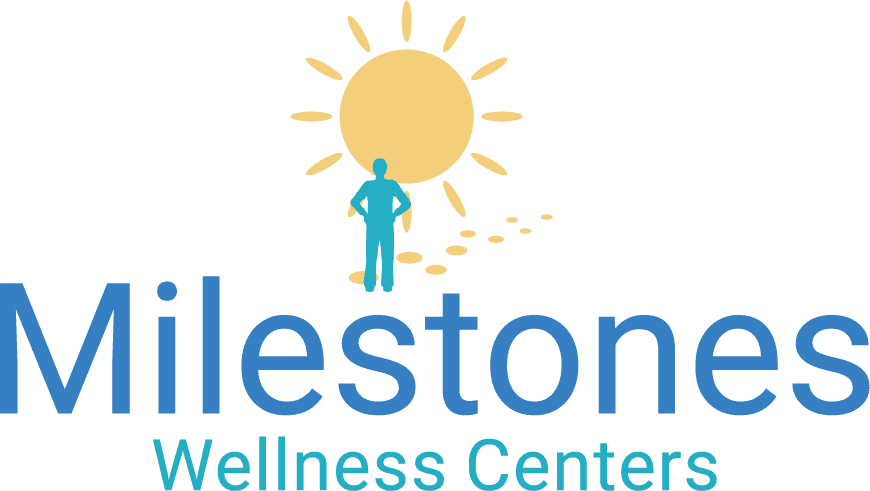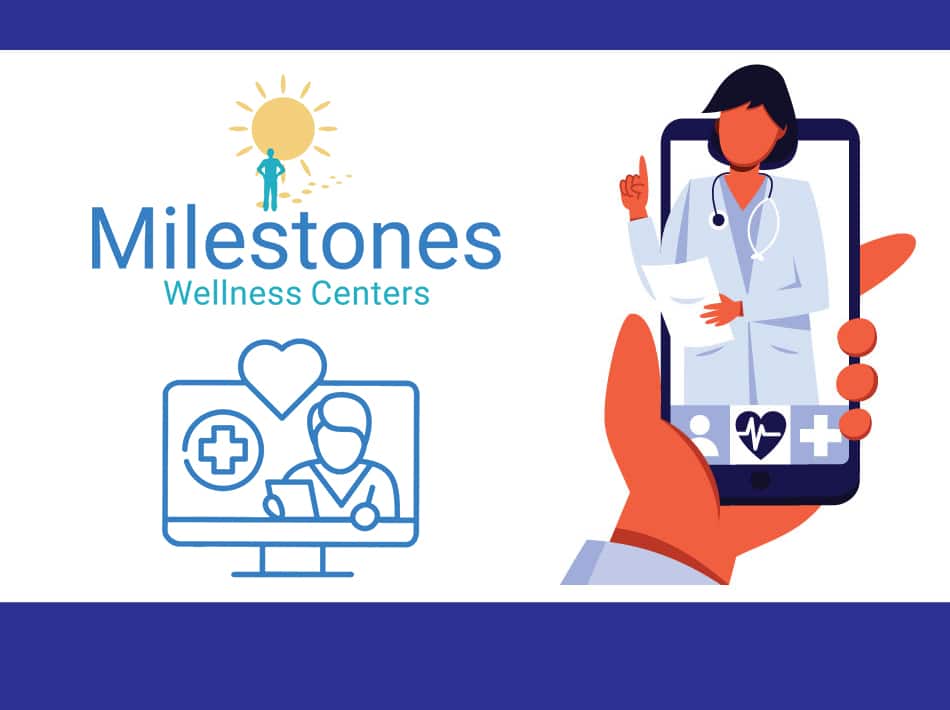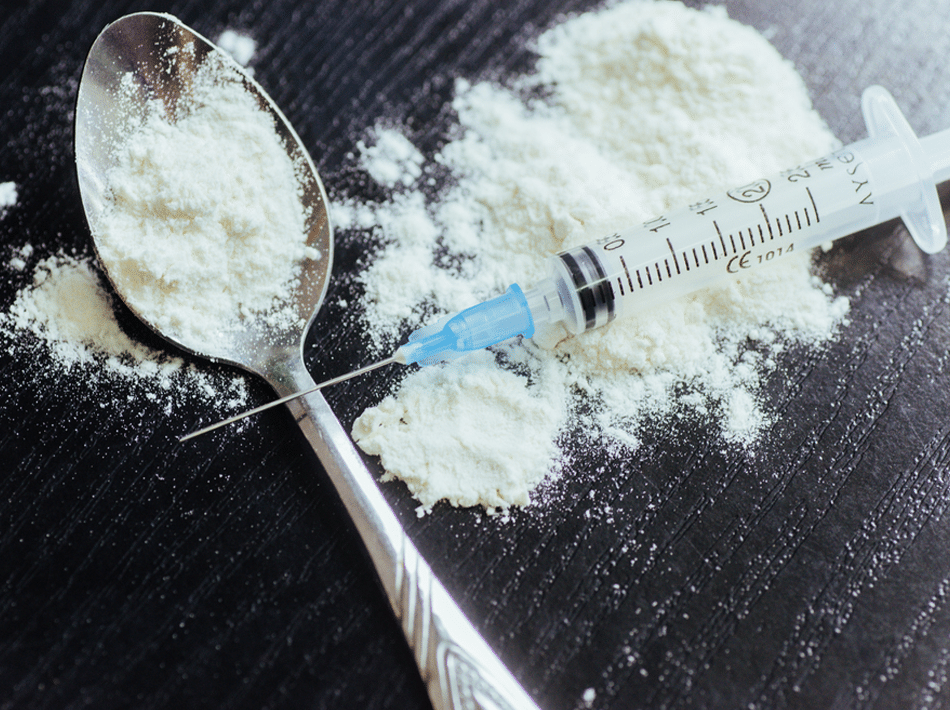Understanding the Behaviors and Symptoms of Addiction
Often those in active addiction are not going to be open with many in their lives about them being at the point of full addiction. Many will downplay any substance abuse as still being recreational or hide the usage all together. This makes it very difficult for those that love the person to know where they are at with addiction and to provide the needed support. Earlier on in addiction this is especially true as often the person suffering from addiction is not at such an obvious point that the average person will be able to pick up on the signs of the addiction. Always if you are curious about another person who may be struggling with addiction, it is important to reach out to a professional. As much as this blog is here to provide you with information, every case is unique and should be assisted with a trained individual in the addiction medicine field.
Addiction is not something that happens overnight as many may think. Often there is a gradual build up towards full addiction. There are times though that addiction can happen rather quickly in as little as a couple weeks, this all depends on the quantity of substance(s) and frequency of which they are taken. Every individual will start with lower quantities as tolerances are built over time for most substances. As tolerances increase then the quantity needs to increase as well as the frequency of usage will as well increase. When looking at addiction there are two important concepts that need to be understood, which is the difference between psychological addiction and physical dependence.
Both physical dependence and psychological addiction will play a role with each other in the overall picture of addiction. There are some substances which do not have a true physical dependence, per say, as with some substances like alcohol, benzodiazepines, and opioids or opiates. All the previously mentioned substances have a physical dependence once becoming addicted and have severe withdrawal symptoms, but other substances such as cannabis (marijuana) or psilocybin (magic mushrooms), which do not have any physical withdrawal symptoms associated with addiction, outside of the psychological aspects. There may be some minor physical dependence to any substance, often not truly enough to drive the addiction despite many other glaring problems with continued usage.
Psychological Addiction
Psychological addiction is usually the first step in addiction, then followed by physical dependence. These two are combined overall when we are looking at Substance Use Disorders, which is the classification that addiction falls into. Both psychological addiction and physical dependence relate to the signs that a person needs to recognize to understand a loved one is suffering from addiction. Psychological addiction is classified as a brain disorder as this type of addiction is due to adaptations in the person’s brain. These are due to changes in complex networks of the brain which change the way our belief structures are, coping skills, interests, anxieties, among others. One way to knowing that someone is beyond that of recreational substance usage is that they continue to use a substance despite disturbances in any or all the areas of their social life, occupational life (which includes financial responsibility), and/or scholastic life.
There are many signs of psychological addiction, some of which may be hard for outsiders to notice but are important for you to be aware of. The signs mentioned here are only part of the list and in no particular order, as well as these are only some of the major signs. First, the person will have the belief that they need the substance(s) to function. This is different than from alleviating withdrawal effects, but as to function in life, such as a coping mechanism or to give them energy or drive. Second, is if the person denies they have a problem despite having difficulties in other areas of life, such as with educational endeavors, employment, financials, or social changes in life. Third, they experience anxiety when having thoughts about ceasing the substance usage. Next, a lack of interest in activities they previously enjoyed. This often can be more commonly see by others in their life, such as a person withdrawing from their normal hobbies, activities, or social engagements. A fifth sign is the person will obsessively think about the substance(s).
Physical Dependence
Physical dependence is when the person now physiologically has a chemical need for the substance(s). This is due to the individual’s brain adapting to the substance to function normally in life, now requiring that substance(s). As I keep writing here using the potential singular or plural, substance(s), that is because a person can easily be physically dependent or psychologically addicted to multiple substances at the same time, this is very common and called polysubstance abuse or addiction. The difference here with physical dependence is that this is the body’s reaction to the substance(s) instead of that of the person’s mental perception of their need for the substance(s).
It is here in physical dependence when the individual will show physical signs if going without their substance(s), also known as withdrawal. Often physical dependence will build over time and without the person using the substance knowledge this is happening. First, it starts with increasing levels of tolerance for the substance to reach the same level of effect as prior dosages. After some duration this tolerance appears to plateau in which the person will not usually get the desired effects from the substance(s) but require them from feeling negative withdrawal symptoms. If a person is only abusing a singular substance this is the time in which they may evolve to polysubstance abuse as their drug of choice rarely produces the desired effect and it being used only to ward off withdrawal effects.
Identifying Substance Use Disorders
As previously mentioned, there are both psychological and physical factors that play a role in addiction, which can assist in identifying if a person has a Substance Use Disorder. Again, it is important to seek professional assistance with any concern. But to help identify if your loved one is having issues with substance abuse or addiction, here are some identifiers you can start to pay attention for.
One of the easiest to notice is signs of intoxication. An individual that is intoxicated on any substance, especially to a high dosage for their tolerance level, is often easily noticed by others. This is the first sign and especially if you are seeing this on a more consistent basis. There are other physical signs which can be different for varying substances. Track marks on a person’s arms or hands is an indicator of intravenous substance usage, typically that of opioids, methamphetamines, and/or cocaine. However not everyone will use intravenous substances in their arms and may use more discrete locations such as between their toes or other locations. At first intravenous usage may be a little harder to detect, but as time goes on those injection sites will be more noticeable often causing infections, scaring, and collapsing veins. Another potential sign of intravenous usage is the individual wearing clothing that is not appropriate for the weather, such as sweatshirts on warm days, which can be a sign of trying to cover their intravenous track marks.
Another physical indication of substance abuse can be drastic change in the loss or gain of weight. Most substances will cause a decrease in weight, besides alcohol and cannabis which can see an increase in weight. Many individuals abusing opioids/opiates, methamphetamines, and cocaine will see decreases in their weight and often at a drastic change once they are physically dependent on the substances. This drastic weight loss is usually noticeable even in their faces, which will appear to be sunken in due to such change in their physiology. Other physical signs may appear which can be substance specific, such as the usage of crack cocaine can cause a yellowing of the sclera of the eye. Methamphetamines often cause the sensation of bugs under their skin, called formication. This causes the person to pick at their skin and their ability to heal and other skin related issues will be usually easily noticed, especially having open wounds due to this picking.
Other signs of substance use disorders are negative changes in the person’s life. Often, they will withdrawal from their previously desired social events. Their friend groups will at times change to more association with individuals that are using the same substance(s) as them. The person will lose interest in prior social activities and avoid others as to attempt to hide their addiction from those that are sober. Declines with their employment are common due to decreased work performance, attendance problems, or losing a job due to failed drug testing. And during these times the person with addiction will likely start asking to “borrow” money for a variety of reasons, turn to selling substances to support their habit, or committing crimes to gain finances or items to trade for the purchase of substances. The same with occupational (financial) and social changes, if the individual is attending any type of education often, they may stop attending or have a drastic decrease in their performance.





